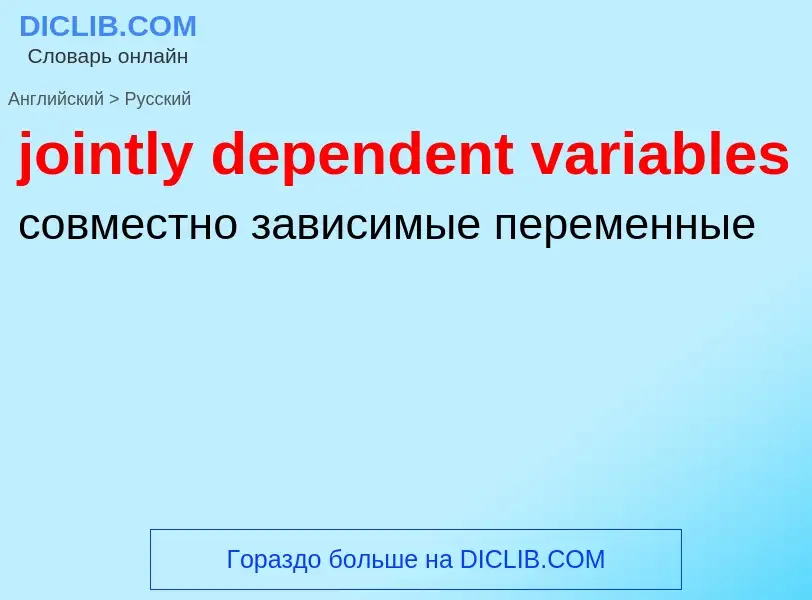Tradução e análise de palavras por inteligência artificial ChatGPT
Nesta página você pode obter uma análise detalhada de uma palavra ou frase, produzida usando a melhor tecnologia de inteligência artificial até o momento:
- como a palavra é usada
- frequência de uso
- é usado com mais frequência na fala oral ou escrita
- opções de tradução de palavras
- exemplos de uso (várias frases com tradução)
- etimologia
jointly dependent variables - tradução para russo
Definição
Wikipédia
A dependent-marking language has grammatical markers of agreement and case government between the words of phrases that tend to appear more on dependents than on heads. The distinction between head-marking and dependent-marking was first explored by Johanna Nichols in 1986, and has since become a central criterion in language typology in which languages are classified according to whether they are more head-marking or dependent-marking. Many languages employ both head and dependent-marking, but some employ double-marking, and yet others employ zero-marking. However, it is not clear that the head of a clause has anything to do with the head of a noun phrase, or even what the head of a clause is.



